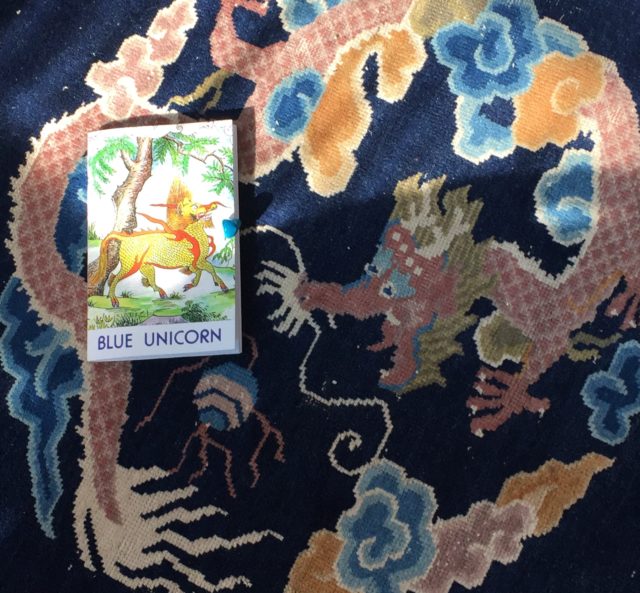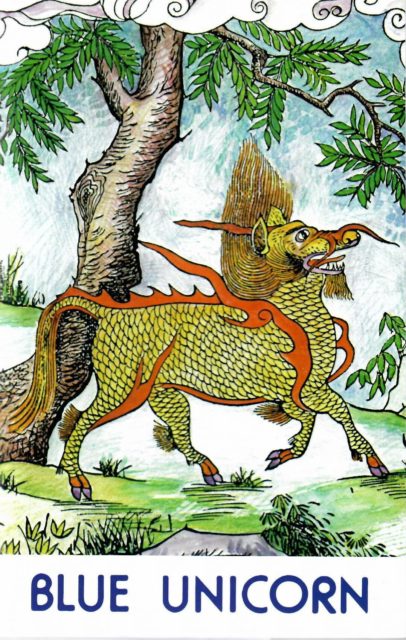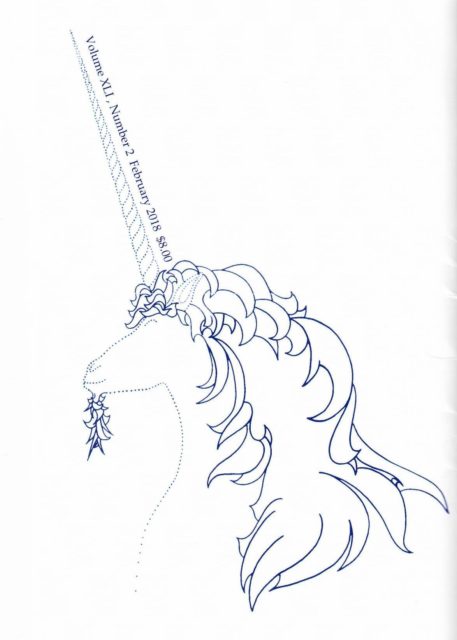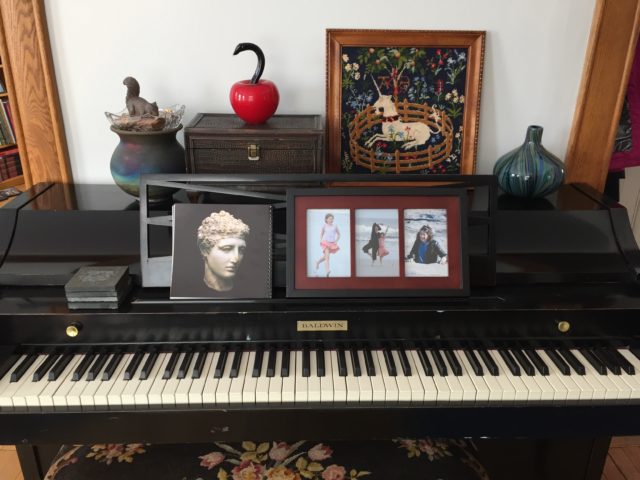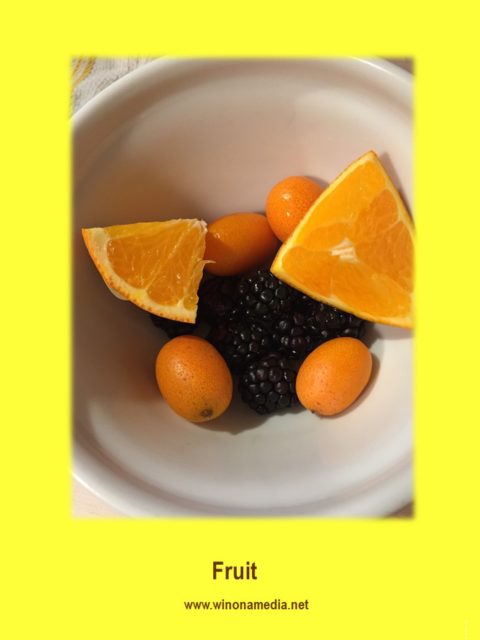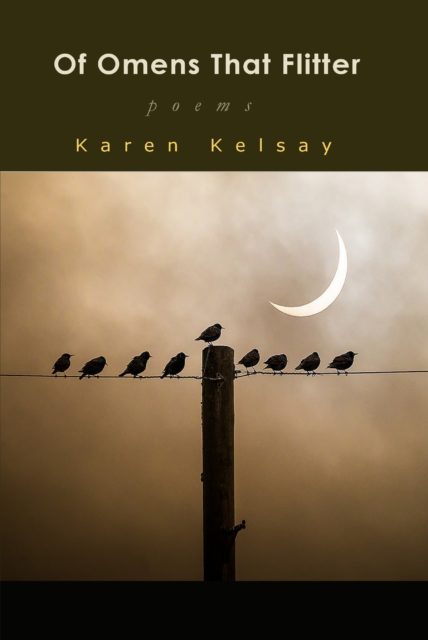
For the past two weeks, I have been dipping again and again into an exciting new collection of poetry. Here is a book one actually can judge by its arresting cover. The poems within (a mix of traditional forms and free verse) appeal to the outer eye and beckon toward inner experience beneath the surface music.
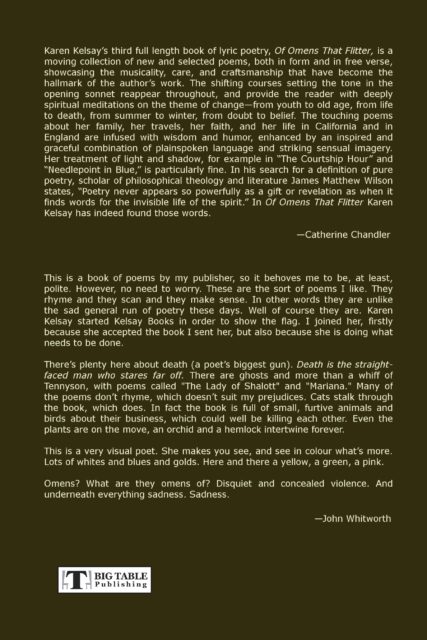
I am simply dazzled by Kelsay’s technical versatility while being consoled, just as I am uplifted by her compassionate intelligence regarding human frailties and strengths. (Some of the most moving poems to me focus on how Kelsay comes to new clarity about her elderly parents.) Her humane vision is set within a context of natural beauty. The poems speak of heart break and healing, of pain but also of faith in the beauty and goodness of life and art, and always with a precise (and often downright humorous) language that helps the reader see the commonplace with fresh-rinsed eyes.
In “Retired Breaststroke Swimmer Finds a Pool,” the speaker enacts a transformative encounter between a human body and the water to which it returns, briefly and actually, as well as metaphorically. An iambic meter and an ABBA rhyme scheme create the rhythmic encircling motion–as well as the therapeutic effect–of the swimming stroke described, as the middle stanza illustrates:
“My body finds its lost propulsive motion;
each muscle lengthens in a surge and glide,
my forearms reach to semi-circle wide–
I breathe, I kick, releasing all emotion.”
In one sonnet, “A Californian Views British Soap Operas,” the speaker examines underlying cultural assumptions about physical attractiveness. The contrasts in attitudes are heightened by the use of rhymed couplets, including the inspired use of “plastic” paired with “sarcastic.”
Even in Kelsay’s free verse poems, there is a engaging musicality. Take, for instance, these lines from the character sketch titled “Atomic Tiki Man”:
“His shirt is splashed with ruby
flowers that echo a suburban
shangri-la chair cushion. His hair
is an hibachi of charcoal curls.”
One’s ear easily picks up the internal rhyme “chair” with nearby “hair,” and both sound and sense are amplified because these rhymes echo “long haired beachy girls” three lines earlier.
The sonnet, “Lady of Shallot,” manages to redact and mirror Tennyson’s long, incantatory ballad in a mere fourteen lines. Kelsay examines how the Lady’s careful making–her art–is unmade by unvoiced and therefore unacknowledged love of the world outside of her control. It also manages to add something modern and new concluding with an appropriately jarring slant rhymed couplet that links “distraught” with “Lancelot.” (If you love the original poem, as I do, you really must seek out Kelsay’s homage to it!)
I have spent much of the past two years working on poems about family and distant ancestors. Perhaps that is why “To Lucette, in a Field” might (might!) be my very favorite poem in this fine collection. It can be viewed in its entirety on Amazon, and I urge you to “Look Inside” and read this finely balanced encounter between an awareness of personal history and a calm acceptance of shared mortality supported by the web of life on earth.
All these poems–sometimes wry, sometimes painterly, sometimes anguished–lead the reader to surprises of insight and delight. They seem to come from a heart sometimes ravaged by but always engaged by the worlds of human relations, nature, and art.They render each subject–from tiny plant forms and creatures to sweeping vistas, from individual human characters to great works of literature and painting–with keen confidence and startling freshness.
Of Omens That Flitter is filled with poems that sing and question and console, and I know I will return to them often.
You can learn more about Of Omens That Flitter, read the first two poems, and purchase your own copy by clicking HERE. (It is available both in Kindle and in paperback.) And you can learn more about Kelsay’s other work by visiting her personal website, Quiet Poetry. Kelsay is also the founding editor of the online journal, The Orchards Poetry Journal, and is the visionary publisher behind Kelsay Books, whose motto is: “We turn manuscripts into works of art.” The Kelsay Books website has links to several interviews with Kelsay–thoughtful, surprising, lively conversations and musings.
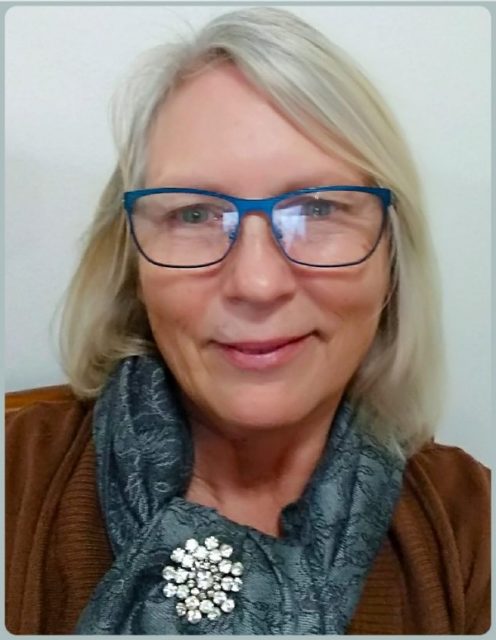
Author Karen Kelsay
HAPPY READING! LESLIE

